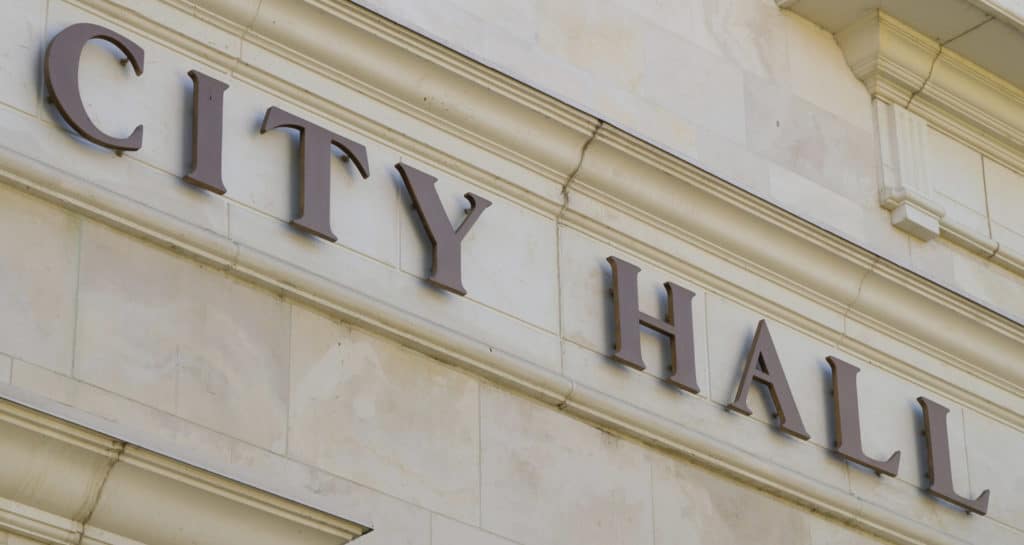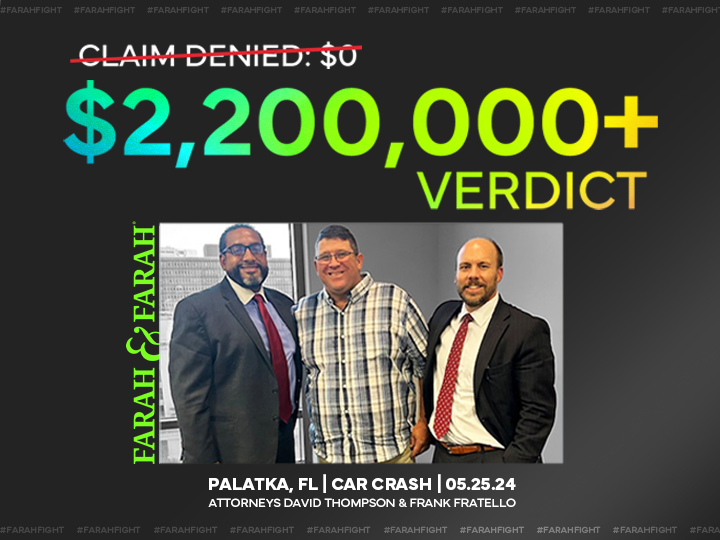In 2013, the City of Jacksonville, Florida reached a settlement agreement with the U.S. Department of Justice after not granting those with disabilities the appropriate access to public spaces as required by the Americans with Disabilities Act, commonly known as ADA. The City was only given five years to get public buildings, parks, sidewalks, and other public spaces in total compliance with the ADA. As one can imagine, this created a huge expense, necessitating millions of dollars that had been previously allocated for infrastructure improvements to be siphoned towards bringing the City into compliance. Put on hold were some $700 Million[i]in improvement projects that had already been funded, with many more critical projects being forced to remain in queue. Projects like new parks and trails, fixing bridges, roads and sidewalks, cleaning up waterways from environmental spills, and other vitally necessary infrastructure projects were all placed on hold. By letting these problems sit idle and possibly deteriorate further, the City may create additional liability for itself should someone get injured.
What does municipal liability look like?
Municipal liability means the local, city, or state government bodies have a responsibility for people’s safety and security while they’re on public property. Akin to a business being negligent if they fail to provide adequate security for their property, different government bodies are all responsible for taking reasonable measures to ensure the space people are entering is safe and secure. If a public sidewalk is full of cracks and holes and causes a runner to fall and shatter his knee, the injured runner might look to show the sidewalk had been in disrepair for some time and that the city may have even known about the danger, yet it allowed access and, as a result of this negligence, the runner was injured. In this case, the damaged sidewalk created a reasonable foreseeability of risk – a condition that must be met to show negligence. Municipal liability definitions vary from state to state with some delineation between areas where negligence could occur. Most commonly, the areas where a municipal entity could show negligence involves –
- Vehicles
- Government “Real” Property
- Flora & fauna (plants & animals)
- Traffic Controls & Streetlights
- Utility Services & facilities – sewer, water, gas, etc.
- Publically-owned rights-of-ways
- Animals (usually applies to animals like police dogs and horses – not wildlife)
- Municipal Employees (acting within the scope of their duties)
There are many, many different ways that a person could become injured through no fault of their own while on public property. From slipping and falling in front of the Courthouse downtown to a traffic signal malfunctioning and causing a crash, municipalities carry a huge responsibility to the public for providing safe, accessible public spaces. Read on to see real-world cases involving municipal liability.
Real-world examples of potential municipal liability cases
The recent tragic crash on I-75 involving a semi-tractor trailer losing control and striking and killing a van full of children may have investigators looking at the Florida Department of Transportation (FDOT). The FDOT is the state-entity responsible for making sure roadways are designed and maintained safely for drivers. In this case, investigation of the FDOT’s crash avoidance systems, such as the dividing guardrail, will tell if these systems met their intended operating tolerances before failing. The company that installed the guardrails, as well as, the manufacturer may also be investigated to see if the proper action was taken in this case.
Another heartbreaking news story recently appeared where a toddler was playing in a City park in Florida when he fell into a septic tank that should have been covered with a childproof lid. The young boy, Amari Harley, drowned in sewage because the City failed to provide reasonable measures to prevent the child’s access. In this case, it was shown that numerous complaints had also been previously submitted to the City for repairing/securing these lids. The family has filed a lawsuit against the contractor that holds the contract with the City for maintaining these systems – including keeping them safe. The family reportedly also plans to file a suit with the City.
You’ve been injured on public property, what steps should you take?
If you’re injured on public property, how do you go about getting the municipality to compensate you for your injuries, lost wages, and other expenses? We handle cases of municipal liability very differently from other cases and have teams that have built expertise in this area by doing nothing but these types of cases. The Farah and Farah difference is in our approach. We treat each slip and fall case in Jacksonville and throughout Florids like it was happening to a member of our own family. We’ll support you in every way possible while we help pave a road to recovery. We’ll tirelessly navigate, investigate and negotiate on your behalf, making time meeting with you a top priority. Contact us any time, day or night, to talk, ask questions, and run through your options – all completely free of charge.
[i]https://www.jacksonville.com/news/metro/2016-06-22/story/big-tab-americans-disabilities-compliance-coming-due-jacksonville













